The Star newspaper has relaunched today with a new design and a shift in editorial policy. The newspaper, which is published Monday to Friday, has a more appealing design that focuses more on visual aesthetics and easier to read fonts.
The stories are shorter and images bigger, while the pages are spiced with commentaries as well as other softer reads.
The most interesting aspect of the launch is the shift from the free-style tabloid-like publication to a more serious focus on politics, understandably to riding the wave of the forthcoming generals election slated for August 2017. Elections are a big deal for media houses, especially newspapers which often see it as a season to increase circulation and advertising.
Being the second election under the devolution system of government, the stakes are even higher with more political news and contestants to cover. And, needless to say, more adverts to squeeze.
See Also >> Star’s newsroom changes get a cold reception
The management of Radio Africa Group, which owns the Star newspaper, is banking on politics to reverse the fall in circulation and ad revenues experienced over the past two years as the Star went all out to compete head-to-head with the industry’s bigger boys, the Nation and Standard.
By branding itself the political newspaper for the digital age, it hopes to finally find an identity in an industry dominated by two storied brands. “In the digital age, news generally appears first online or on TV or radio,” says the Star editor in the relaunch editorial. “Print is the last point of publication. So newspapers need to become a premium product serving the reader with analysis, background and prediction.”
True, the Star has been breaking some big stories on the political scene, notwithstanding the occasional missteps. Under the new-look it expects to add more analysis to the package.
This new path is powered by the recently launched converged newsroom, where radio, TV, online and newspaper are working in sync, such that online and radio break stories while TV and newspaper analyses and provides perspectives.
Don’t Miss >> Radio beats TV and newspaper in fighting corruption
The converged model, and the first 24-hour newsroom in the country, is backed by a team organised around beats and three-shift system with clear roles from radio to newspaper. Radio Africa now operates three shifts of 5am to 3 pm, 3pm to 10 pm and 10 pm to 5am. The night and early morning journalists mostly handle online and radio news and are known as the Radar Team.
“With newsrooms adopting the digital first approach its beats logic to sleep on news which all can easily access on their phones,” said a senior editor at the Star. “Visits on our Star website have really grown and unlike newspapers which you have to get at the vendor in the morning online news should be available all the time.”
The editor says implementing the convergence model is “tough but exciting”, noting the production of stories per journalist has gone up. Radio Africa Group will certainly be a role model on convergence with past attempts by Nation Media Group, Standard and Mediamax have been unsuccessful. Nation has restarted the converged newsroom drive, this time working on piecemeal implementation beginning with the print and digital business desks which have been merged.
But its Star’s day today. The question is, Will it sustain the momentum?
[crp]
Next Read >> Galava reveals how Nation top editor mocked CEO

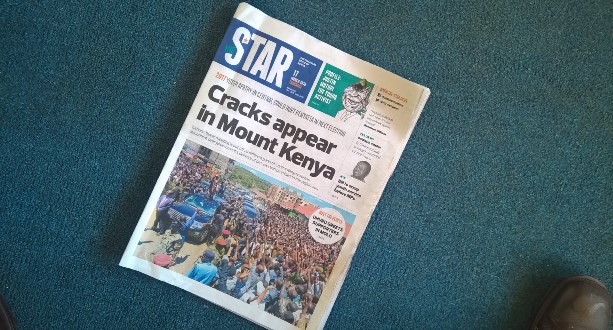








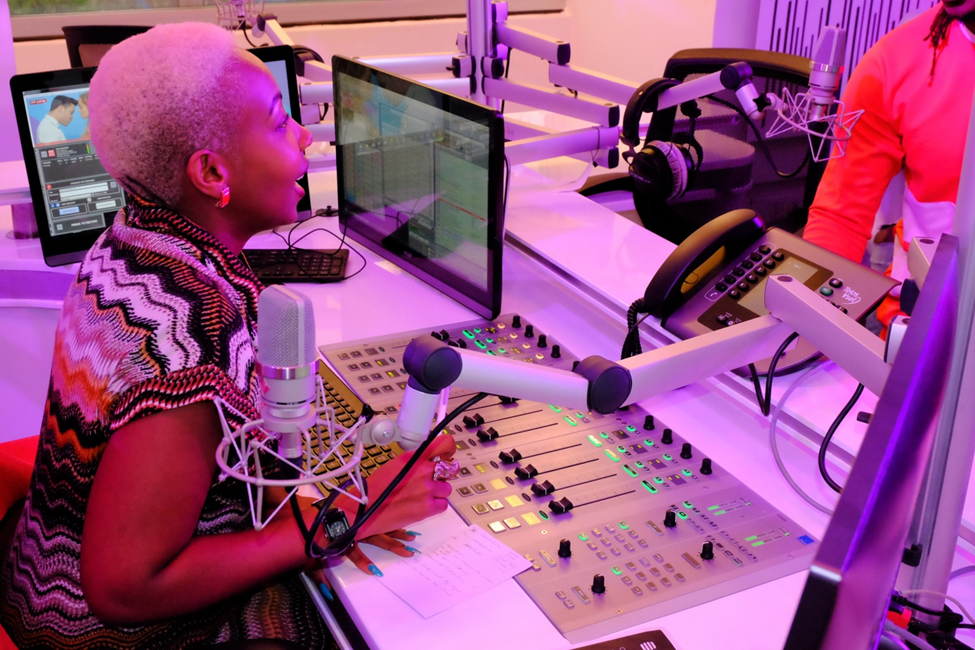






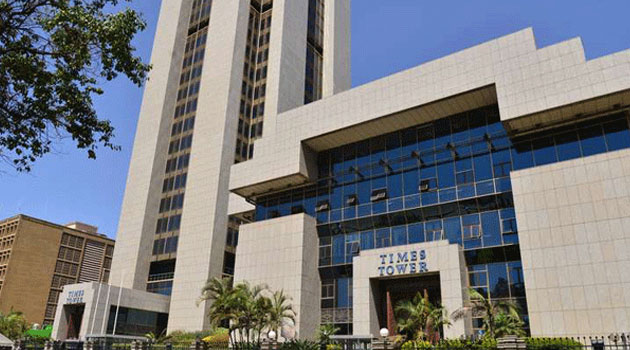

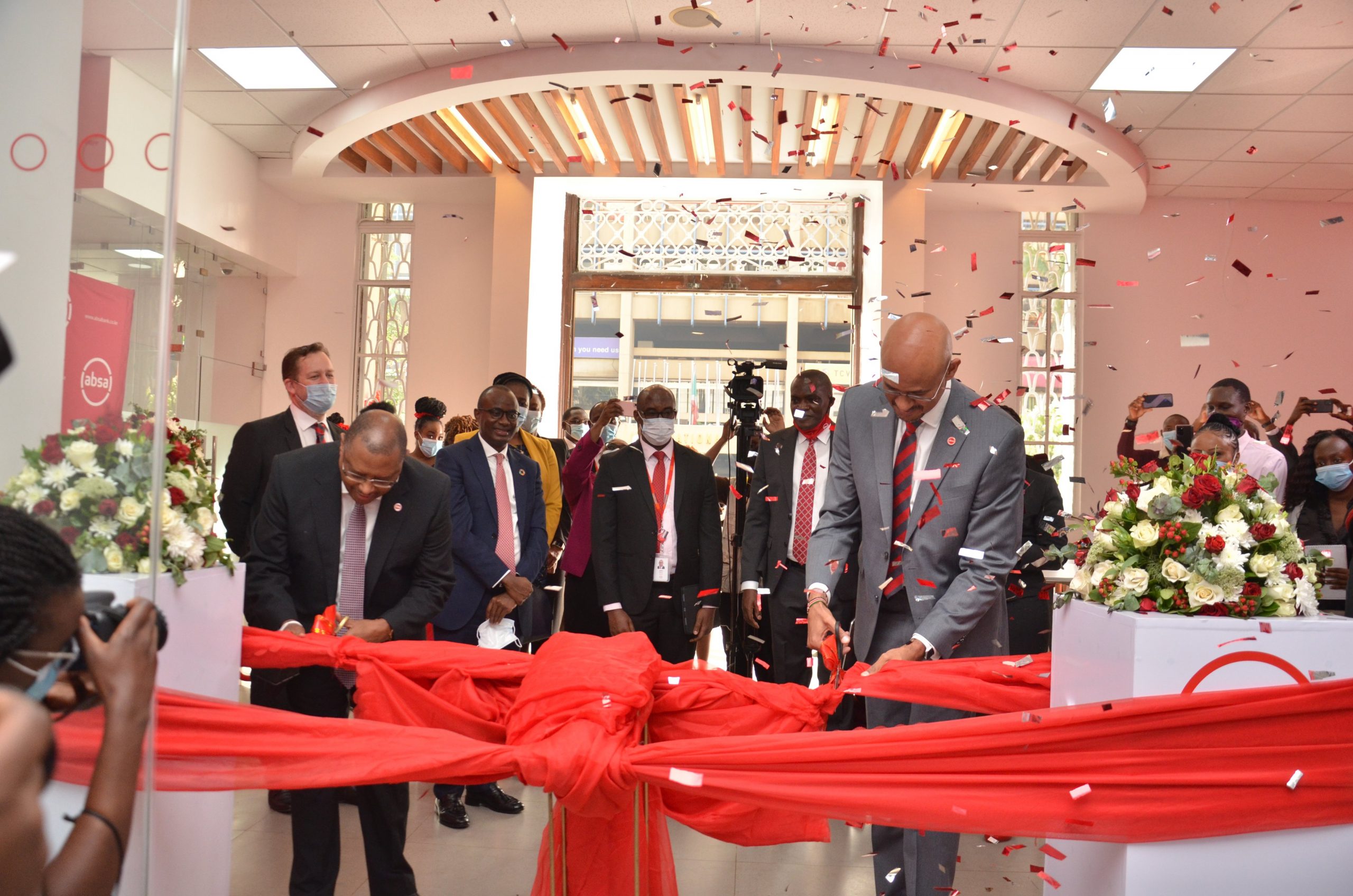


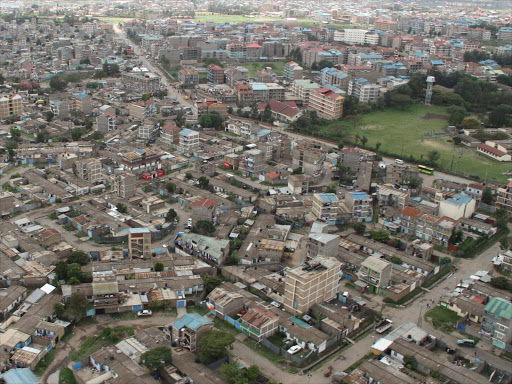


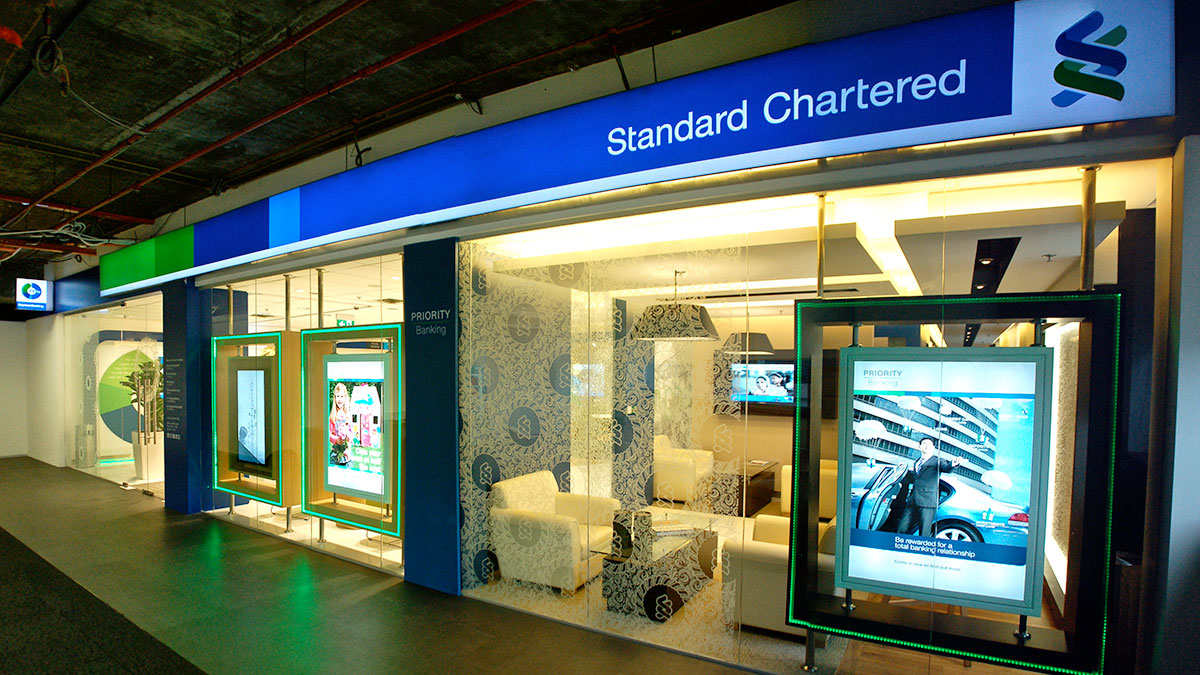
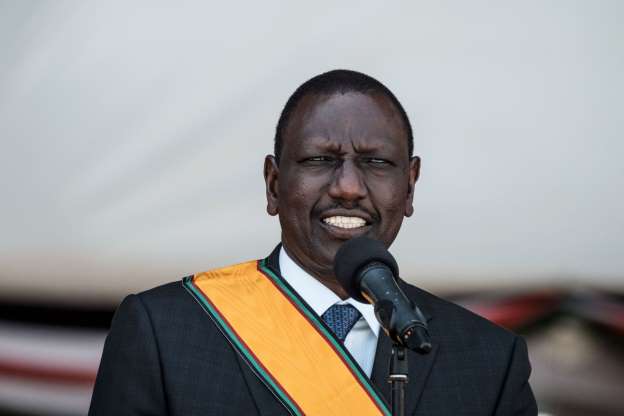




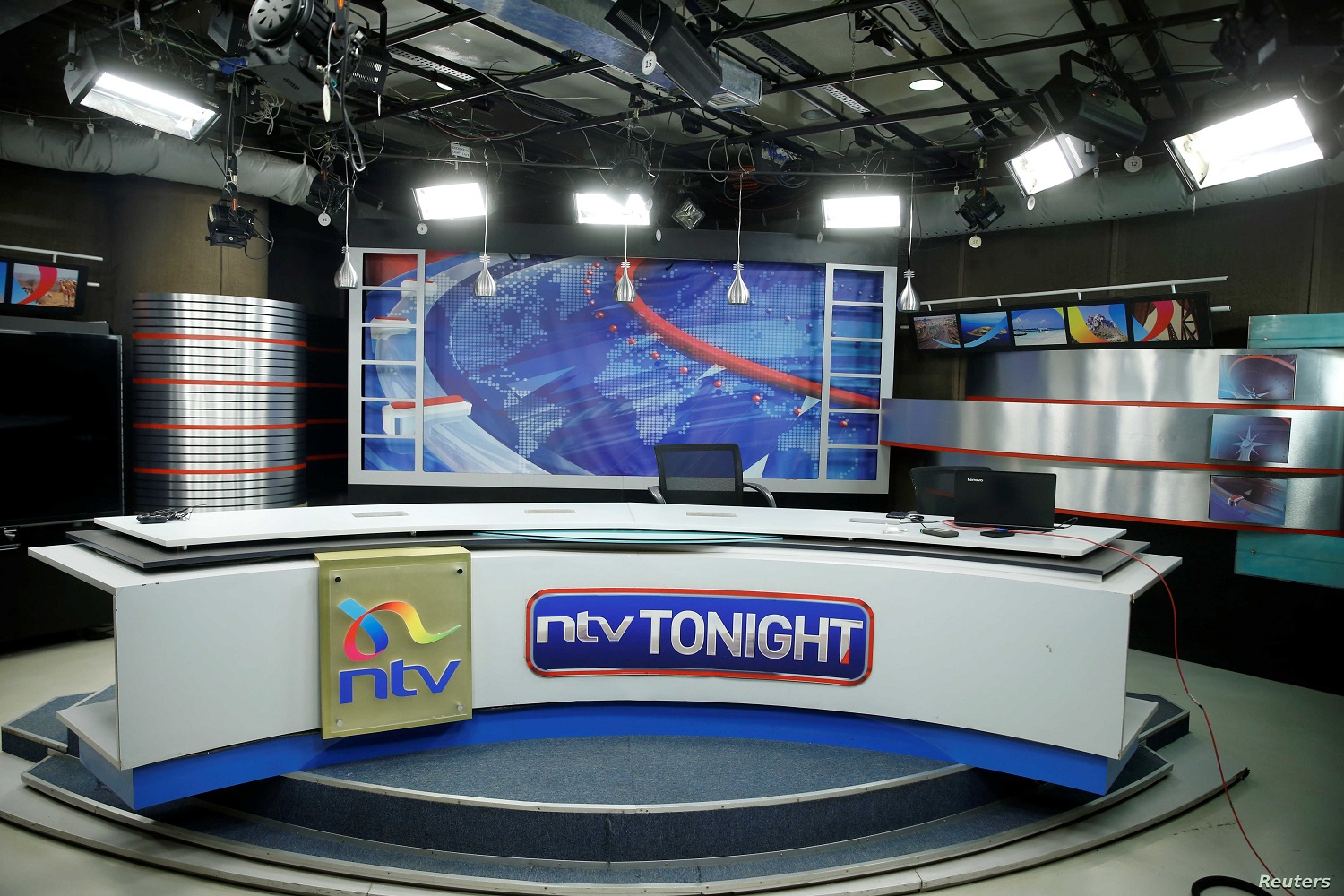










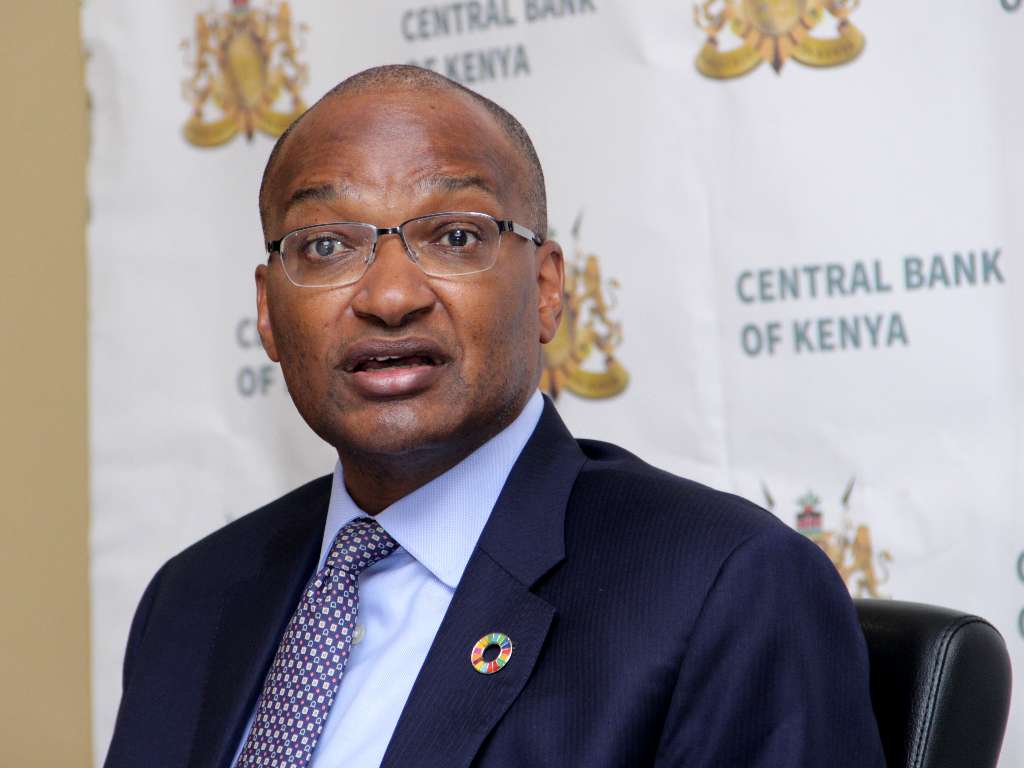


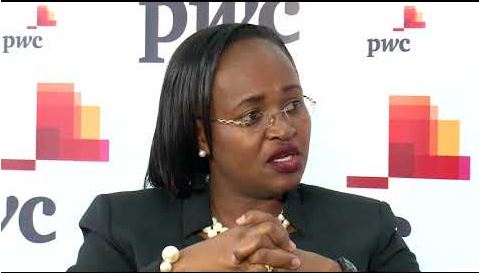




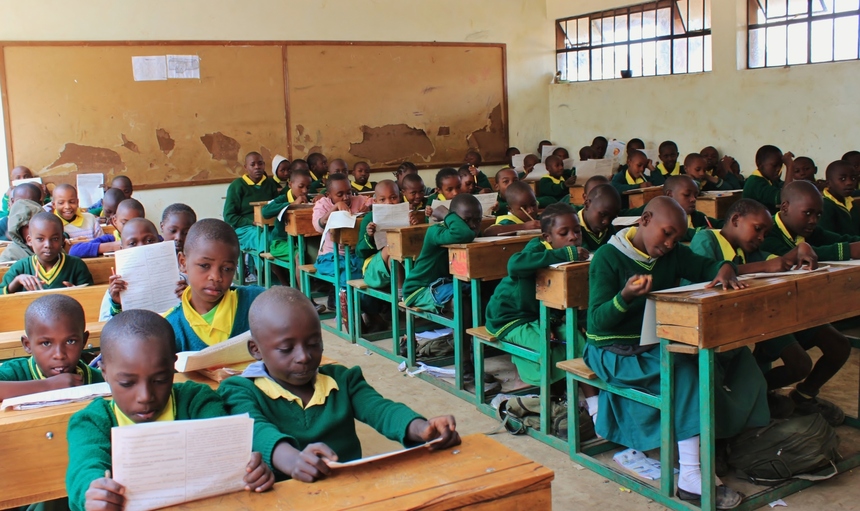
![Pula Co-Founders and Co-CEOs, Rose Goslinga & Thomas Njeru. Pula provides agricultural insurance and digital products to help smallholder farmers manage climate risks, improve farming practices and increase their incomes. [ Photo / Courtesy ]](https://businesstoday.co.ke/wp-content/uploads/2021/01/Pula-Co-Founders-and-Co-CEOs-Thomas-Njeru-Rose-Goslinga.jpg)







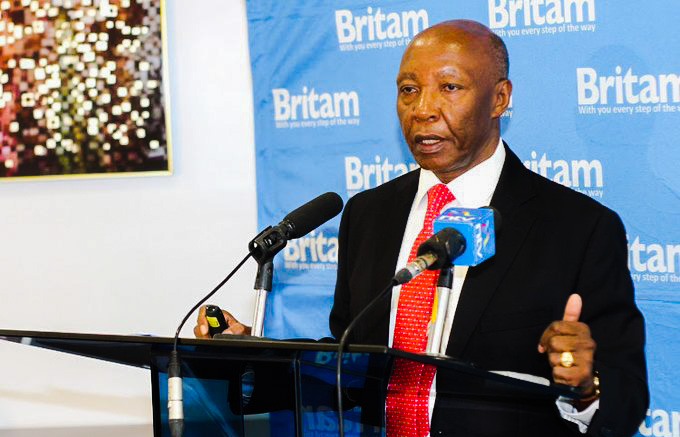
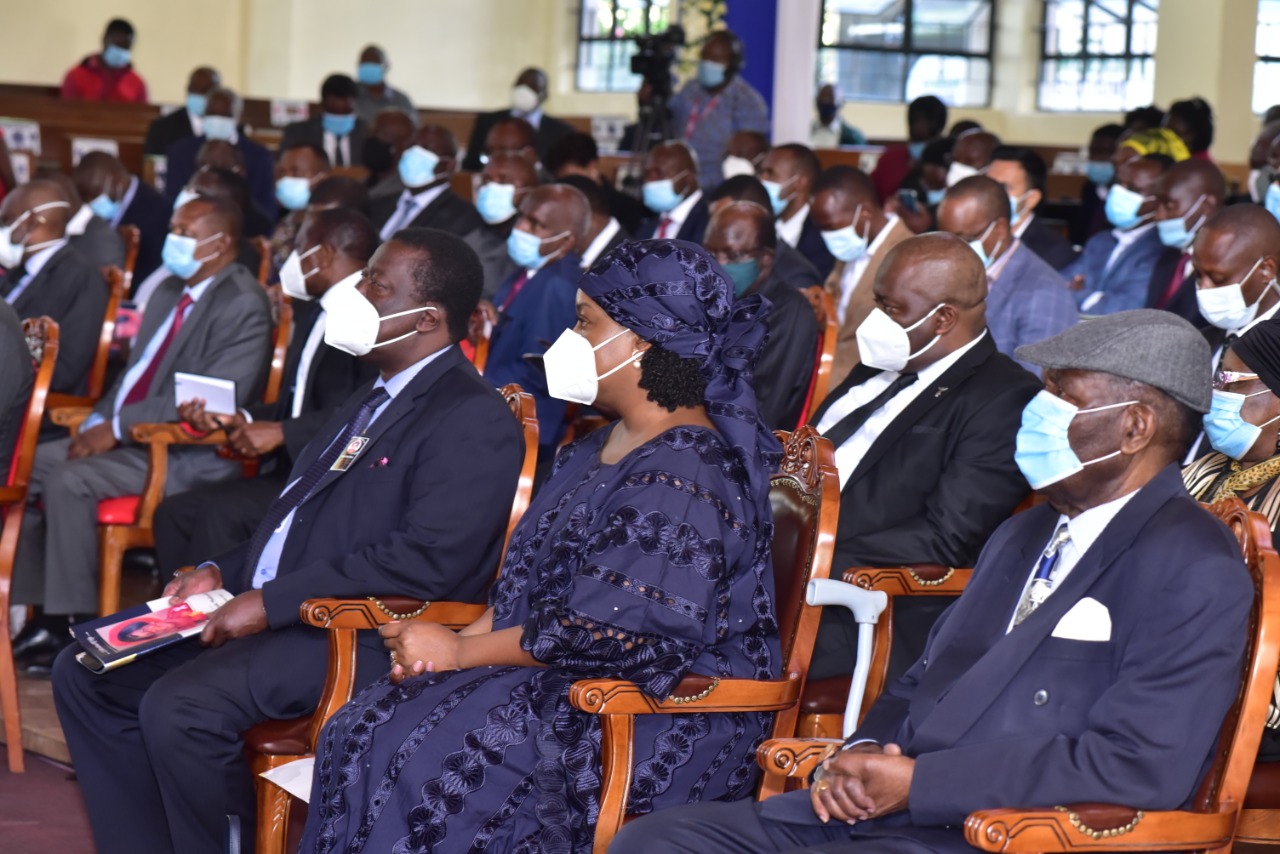






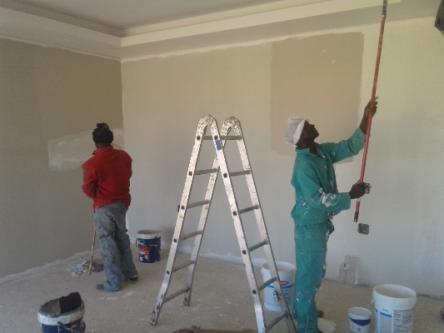
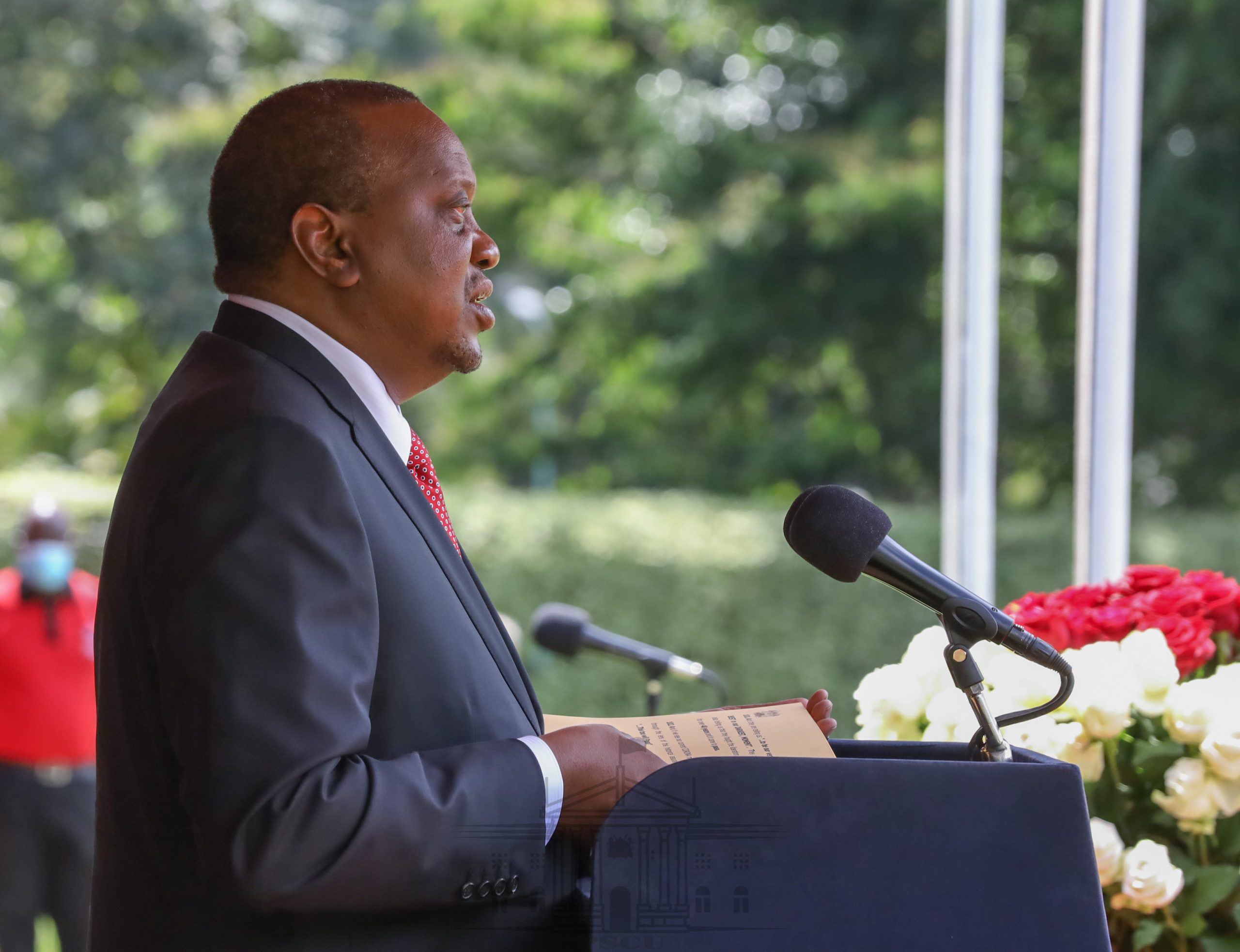





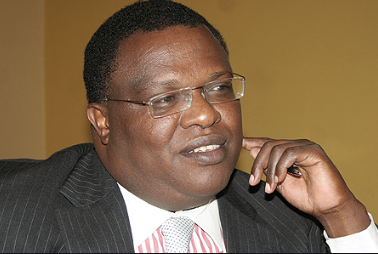











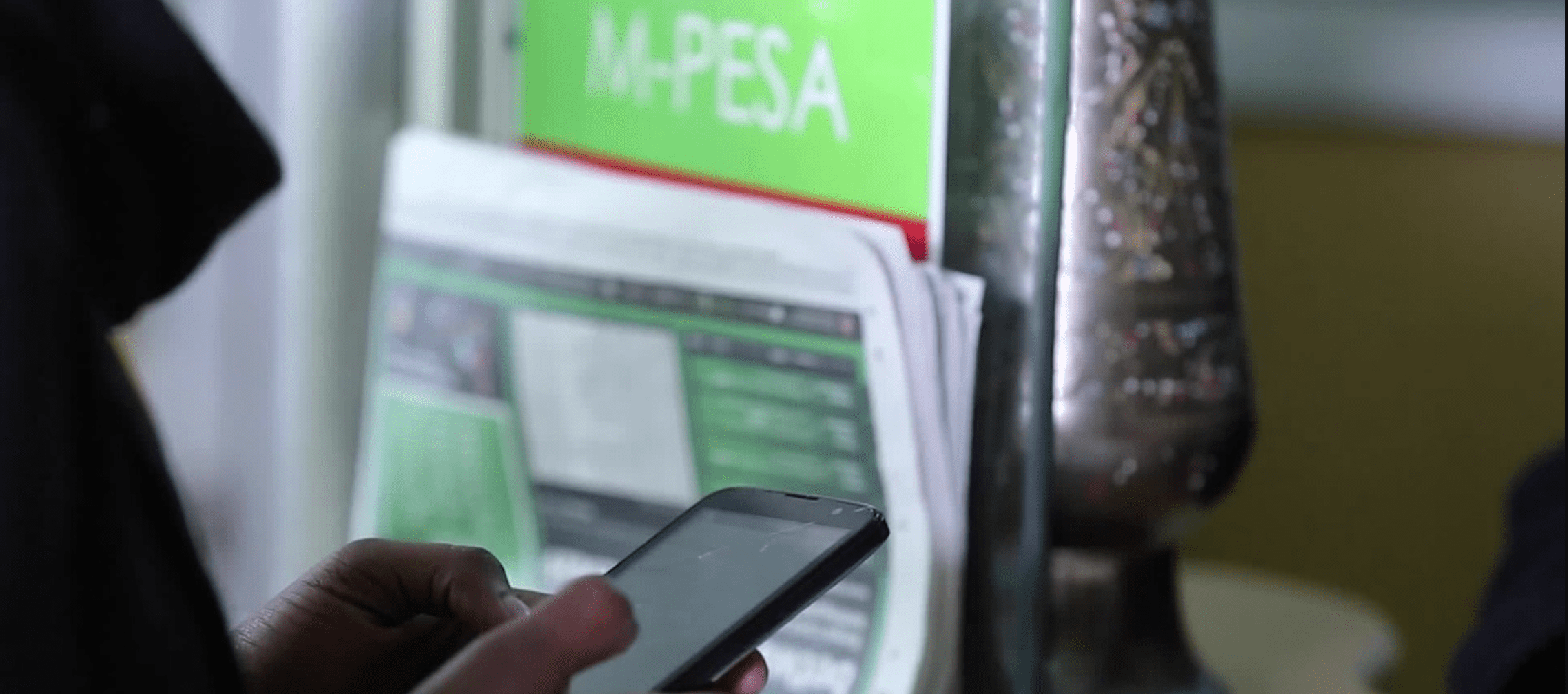






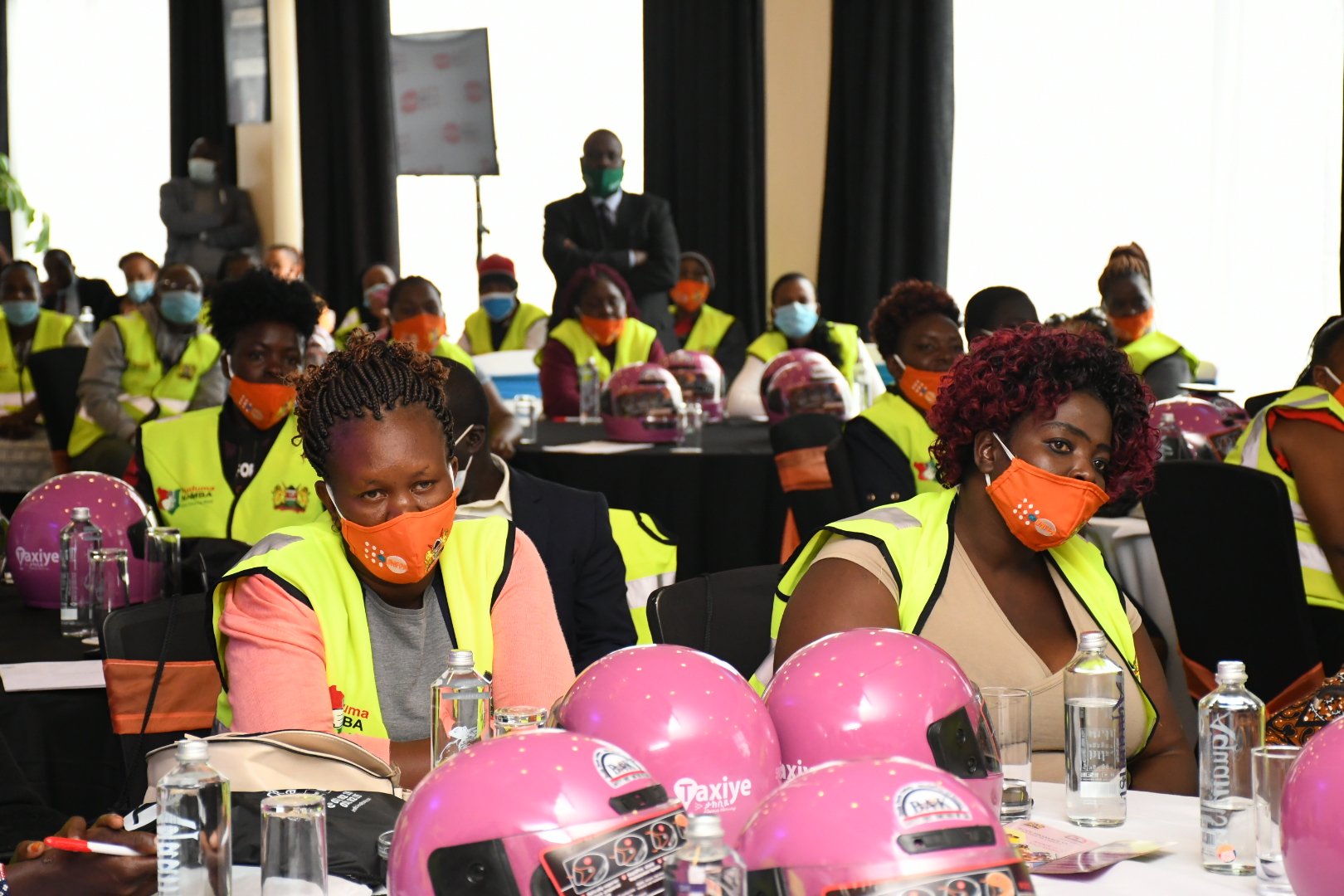






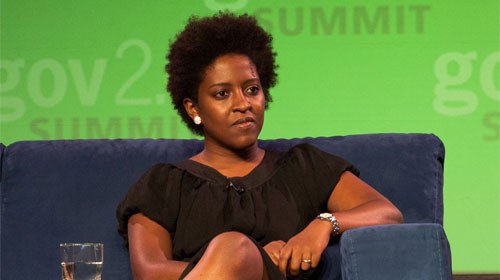











Leave a comment